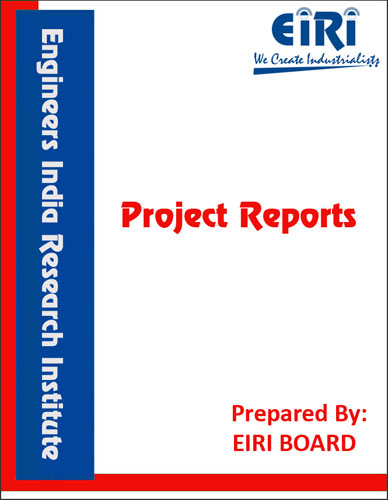JAGGERY PLANT (50 TCD)
The project report includes Present Market Position and Expected Future Demand, Market Size, Statistics, Trends, SWOT Analysis and Forecasts. Report provides a comprehensive analysis from industry covering detailed reporting and evaluates the position of the industry by providing insights to the SWOT analysis of the industry.
We can prepare PROJECT REPORT as per your INVESTMENT PLAN for BANK LOAN REQUIREMENT and INDUSTRY ANALYSIS. All reports are prepared by highly qualified consultants and verified by a panel of experts.
Have Query? Click Here to Chat
Industry Expert is Online, Chat with him for more detail.

Jaggery or gur is a specific type of sugar popular in India. It is normally manufactured from either sugar cane or date palms, but recent trends in its manufacture have resulted in jaggery made from the sap of coconut and sago palms. While jaggery is useful in cooking, it is also an ancient part of Ayurvedic medicine and has spiritual significance in India too.
This type of sugar is considered unrefined and is produced by boiling raw sugar cane or palm juice in iron pans. It is then formed into blocks. Because it does not go through additional processing, it does retain some of the natural vitamins and minerals of the ingredients used, though boiling the juice does deplete some of these. Many people do consider jaggery healthier than more refined sugar since it is less stripped of natural nutrients.
In traditional Indian medicine, called Ayurveda, this sugar has several purposes. It may be prescribed for use for people with sore throats. It has some use in the treatment of bronchial or lung infections, and in fact in research has shown to possibly offset some of the lung damage caused by silicosis, a disease of the lungs that occurs when people are exposed for a long time to silica powder.
1. INTRODUCTION
2. PROPERTIES
3. USES & APPLICATION
4. B.I.S. SPECIFICATIONS
5. MARKET SURVEY
6. PRESENT MANUFACTURERS OF JAGGERY
7. VARIETIES OF SUGARCANE
8. PROCESS OF MANUFACTURE
9. PROCESS FLOWSHEET OF GUR/JAGGERY MANUFACTURING
10. PRINCIPLES OF PLANT LAYOUT
11. PLANT LOCATION FACTORS
12. EXPLANATION OF TERMS USED IN THE PROJECT REPORT
13. PROJECT IMPLEMENTATION SCHEDULES
14. PLANT LAYOUT
15. PLANT AND MACHINERY SUPPLIERS FOR JAGGERY
16. SUPPLIERS OF RAW MATERIALS
APPENDIX – A :
1. COST OF PLANT ECONOMICS
2. LAND & BUILDING
3. PLANT AND MACHINERY
4. FIXED CAPITAL INVESTMENT
5. RAW MATERIAL
6. SALARY AND WAGES
7. UTILITIES AND OVERHEADS
8. TOTAL WORKING CAPITAL
9. COST OF PRODUCTION
10. PROFITABILITY ANALYSIS
11. BREAK EVEN POINT
12. RESOURCES OF FINANCE
13. INTEREST CHART
14. DEPRECIATION CHART
15. CASH FLOW STATEMENT
16. PROJECTED BALANCE SHEET



